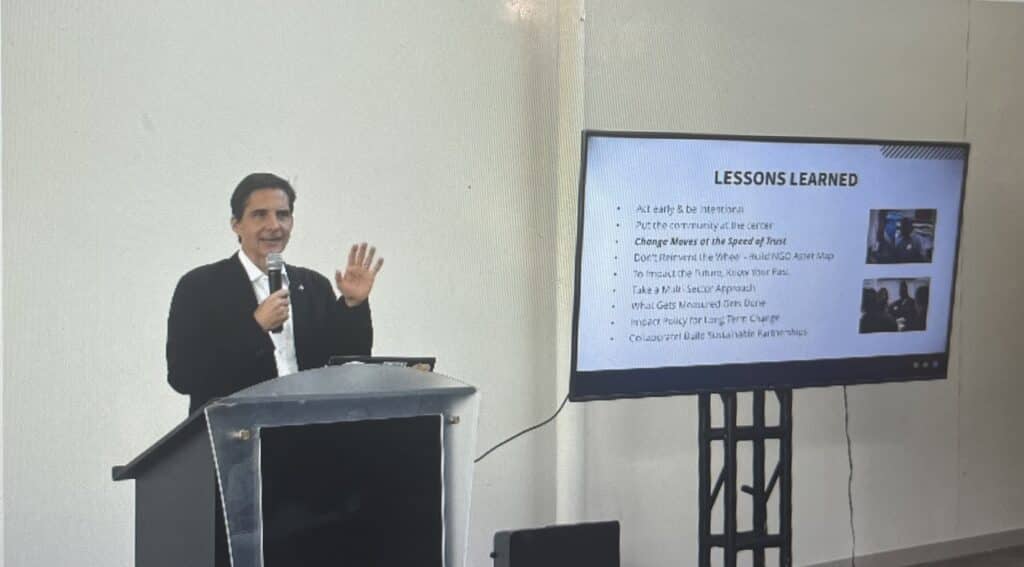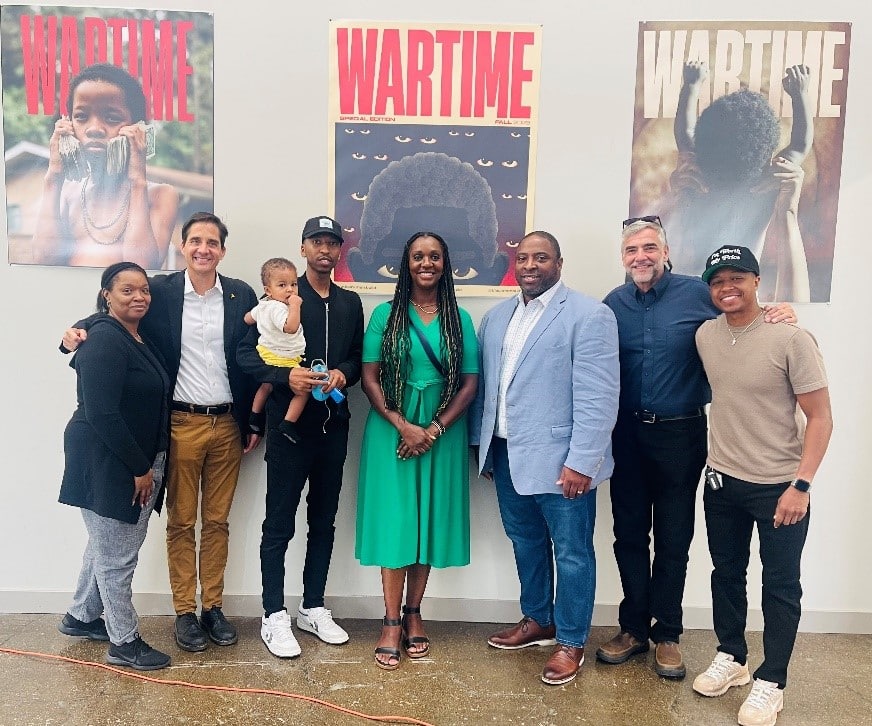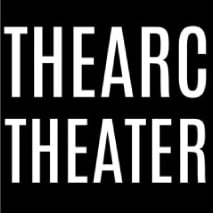Back to 11th Street Bridge Park Blog
Pathways to a More Equitable Neighborhood

Milwaukee, Wisconsin once boasted some of the most prosperous African American neighborhoods in the country. Black residents held jobs at A.O. Smith, Master Lock and Schlitz Brewing working as assembly line workers, riveters and forklift operators. While the deep and negative forces of structural racism such as restrictive covenants outlining where Black families could live and receiving lower wages than their white peers manifested discrimination prevalent elsewhere in the country and Milwaukee, Milwaukee’s Black neighborhoods still thrived with hotels, law firms, restaurants and theaters. Then a perfect storm hit in the 1980s as jobs moved overseas, factories closed, the crack epidemic arrived and white residents moved to the suburbs leaving Milwaukee as the most racially segregated metro region in the country today. An energized and committed team is working with dedication to tackle these issues.
In mid-2023, a coalition of Milwaukee community non-profits, city leaders and residents reached out to the Bridge Park staff about their plans to transform a low volume railroad line – the 30th Street Industrial Corridor – into a 7.2 mile trail project that connects long divided neighborhoods. We hosted this coalition at THEARC describing the community driven vision for the 11th Street Bridge Park and our equitable development strategies ensuring long time East of the River residents can stay and thrive in place. Last month I was invited by Willie Karidis of the Rails to Trails Conservancy (a national organization working to bring the power of trails to more communities across the country) to take an up close look at their project.
I spent the first day visiting the entire 30th Street Industrial Corridor with Willie, Cheryl Blue – Executive Director of the 30th Street Industrial Corporation and the Pastor Christopher Boston. The 30th Street Corridor train tracks once served as the spine of Milwaukee’s industry with some manufacturing still active in adjacent neighborhoods. The train line has substantial below and above grade sections creating a giant chasm dividing streets and a community that it once connected. The proposed bike and pedestrian path runs from the Milwaukee Brewers Stadium past the Harley Davidson Factory, up through historic Black neighborhoods all the way to Havenwood State Forest. Thoughtful and frequent access points will connect the future trail to local neighborhoods and the street grid. By creating this rail with trail project (active rail with a trail next to it), the plan is to connect residents to jobs, schools and parks. Further, the trail will connect to the Hank Aaron State Trail, the Beerline Trail and the Oak Leaf Trail, creating a 17-mile loop around the City.
The team recognizes that an important first task is to create community driven anti-displacement strategies well in advance of the trail breaking ground. Similar to the neighborhoods we serve in Washington DC, there is a large and justifiable trust deficit with local residents who have experienced many broken promises over the years. I shared the road map we created for the 11th Street Bridge Park’s equitable development plan (EDP.) Our first step was to create an asset map to understand effective work already happening in the surrounding communities. This is key to make sure we were not duplicative in our efforts and set the groundwork for early partnerships. Additional research led us to understand demographic data so we created baseline measurements such as percentage of renters versus home owners, employment centers, home prices over time and average household income. The next step was to invite key stakeholders around affordable housing, workforce training and support of small businesses to shape this effort. We then held town hall sessions soliciting feedback and prioritizing action items as we finalized our EDP which was first launched in 2015. (We are now on our third EDP including new arts & culture as well as health & wellness goals.)

I shared lots of lessons learned with the Milwaukee team as we’ve been implementing our equitable development strategies these last seven years. I have certainly come to appreciate the phrase “what gets measured gets done.” From the beginning of our work, we’ve partnered with a senior evaluation team from the Urban Institute to set clear goals and provide a meaningful feedback loop to understand what we’re getting right and where need to make changes. Another lesson learned is to make sure that our partners share the same values to build a racially and economically equitable community. Finally, reporting progress made back to local residents is important to build trust and demonstrate real action is taking place.
Just as we learned from colleagues across the country as we built our first equitable development plan with our partners at LISC DC and local residents, we are thrilled to share our experience with similar projects including the 30th Street Corridor. (We shouldn’t be making the same mistakes at the same time from coast to coast.) This group of talented individuals, city leaders and non-profits have corralled all the right ingredients to make Milwaukee a more inclusive, just and resilient city. I look forward to following their progress!







